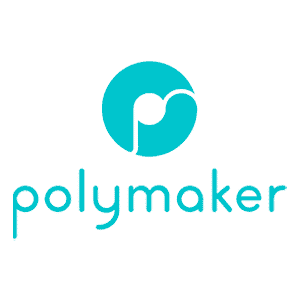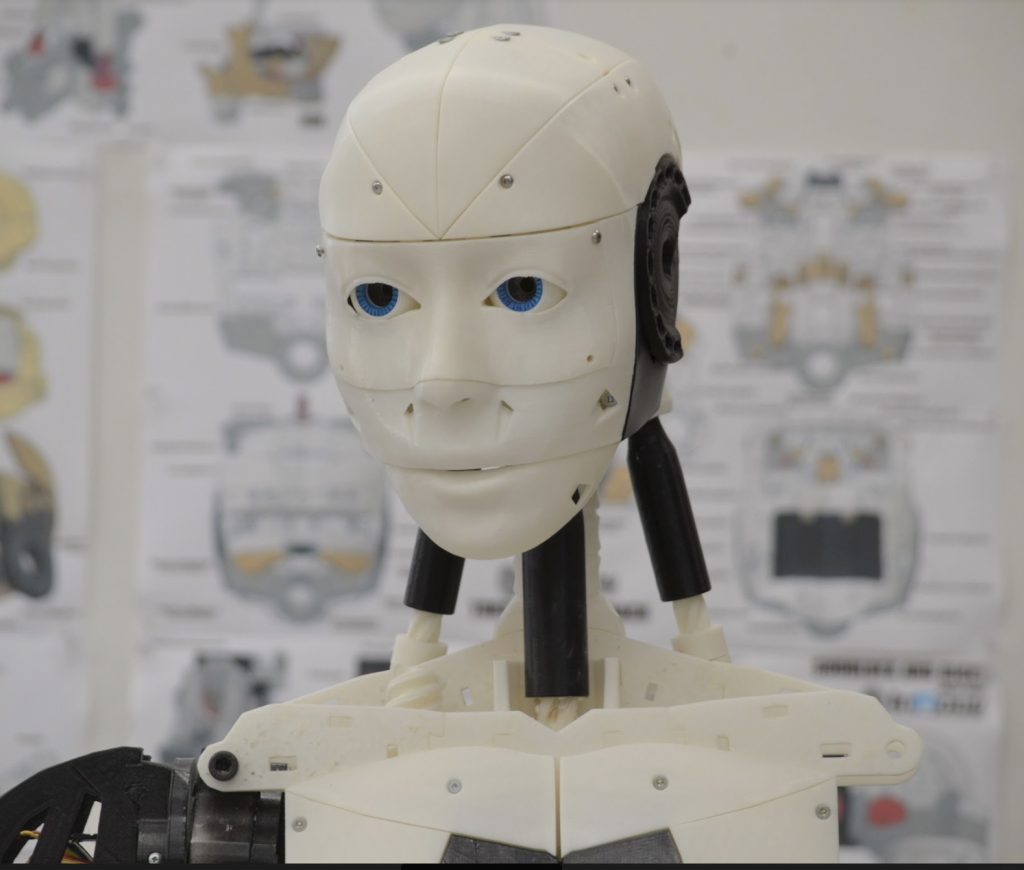December 5, 2022
Engineers from Simon Fraser University, Canada have demonstrated the use of dual robotic arms for the printing of 3D structured electronics.
With one robot printing with a paste-based direct ink writing (DIW) method, and the other using FDM, the robotic arms work side by side to fabricate electronics in three dimensions.
Spontaneous Sintering
The six-axis ABB robotic arm deposited layers of PLA plastic, which formed the bulk matrix of the structure. The ABB made use of a filament extruder from Typhoon.
The media that formed the conductive tracks in the prints was made from an uncured silver paste, which was applied by another robot, a six-axis Fanuc robotic arm. The paste was printed from a Musash DIW print head fitted onto the Fanuc.

The plastic layer was printed, and the silver paste was printed on the surface of the plastic. Additional layers of the plastic can be deposited over the silver to form functional embedded sensors and can allow the printed tracks to cross each other without intersecting.
When the heated plastic comes into contact with the extruded paste, it results in a rapid curing of the paste, which the researchers refer to as spontaneous sintering. The tracks cure with a minimum resistance of 14.5 Ω per 10 mm.
Double Robots
This extra freedom of this method enables the possibility of the fabrication of complex structural designs without supporting materials typical in FDM printing. In principle it can additionally allow for higher density circuitry which is beneficial where volumetric space is limited.
The conductivity of the silver paste was noted to be dependent on the energy transferred from the hot PLA, which in turn was determined by the FDM printing parameters. Such parameters included nozzle temperature, printing speed, and the gap between the printer head and substrate.

The lowest resistance 14.5 Ω was obtained with the highest temperature (210 °C) inside the printer head, the slowest speed (1 mm s−1), and the smallest gap (1 mm).
The double-robot team demonstrated printing of a double-helix-designed pressure sensor with inductive and capacitive sensing capabilities. In addition, a multilayered PCB was printed. The multilayered three dimensional PCB device was inter-connected to different color LEDs and powered with batteries for demonstration purposes.

“I was intrigued by watching a dynamic scene at the automobile assembly line when I saw multiple 6-axis robots welding and arc welding in collaboration,” said Woo Soo Kim, Professor at the School of Mechatronic Systems Engineering at Simon Fraser University.
“Why not bring collaborative multi-directional robot motion to the multi-material 3d printing world? I got this idea and concept early 2020. We demonstrated this approach with the two collaborative robots for 3D printing the electronics and the three dimensional structural integration.
We are sure that collaborative robot 3D printing will open a new path for a structural integration of multi-material 3D printing technologies”
You can read the full paper, titled “3D Structural Electronics Via Multi-Directional Robot 3D Printing” in the Advanced Materials Technologies journal at this link.
Source:
https://3dprinting.com/news/researchers-use-twin-robots-for-printing-3d-structured-electronics/





